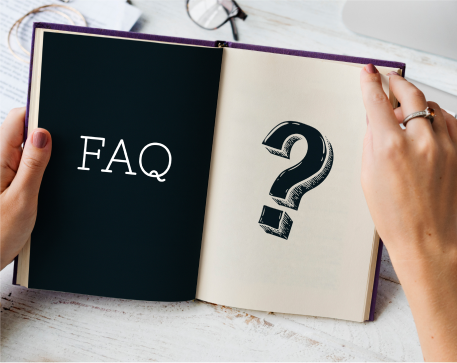Ready to learn?
Take the first step toward achieving your educational goals. Whether you’re preparing for exams or expanding your knowledge, getting started is just a click away. Join us today and unlock your full potential
832, utkarsh bhawan, near mandap restaurant, 9th chopasani road, jodhpur rajasthan - 342003
support@utkarsh.com
+91-9116691119
Support
Learning Resources
Rajasthan Govt Exams
Central Govt Exams
Civil Services Exams
Nursing Exams
School Tuitions
Other State Govt Exams
Agriculture Exams
College Entrance Exams
Miscellaneous Exams

© 2025 Utkarsh Classes & Edutech Pvt. Ltd. All Rights Reserved

Utkarsh Classes
Updated: 02 Mar 2024
3 Min Read

The Mizoram state recently celebrated Chapchar Kut, its grandest festival, with a vibrant display of tradition and festivity on Friday.
Chapchar Kut is a significant spring festival celebrated with great enthusiasm by the people of Mizoram.
Following the clearing of forests for jhum cultivation, local Mizo tribes don traditional attire and perform the Cheraw and Chai dances. The festivities are enjoyed by people of all ages, who dress in vibrant costumes and headgear, singing, dancing, and merry. Men and women perform folk dances and traditional songs to the beat of drums and cymbals.
This festival is typically observed during the first week of March each year.
The people of Mizoram celebrate their festival with zeal. Some of important festivals of Mizoram are:
Pawl Kut
Pawl Kut is the most significant festival celebrated in the state of Mizoram. It is a harvest festival that is celebrated with great enthusiasm and joy after all the harvests are complete. Typically, the festival takes place either in December or January.
Lyuva Khutla
The Mara tribes of Mizoram hold Lyuva Khutla in high regard as their most important and grand celebration of culture and gratitude.
This festival, which marks the completion of the strenuous jhumming task (slash and burn), is a time to give thanks to the divine for their assistance and blessings. Recently, it was celebrated in the towns of Siaha and Tipa in southern Mizoram.
Anthurium Festival
The Anthurium Festival in Mizoram celebrates farmers, flowers, and horticulture. The event draws visitors from around the world and features the Chief Minister as a special guest.
The festival is held at the base of the Mystic Reiek Mountain to showcase the Anthurium flower's beauty and promote sustainable agriculture.
Khuado Kut
Khuado Kut is a festival celebrated by the Paite community to express gratitude for a bountiful harvest.
Hlukhla Kut
The Hlukhla Kut festival is a cherished tradition among the Lai people, celebrated in March following the strenuous jhum operation of jungle-clearing.
This vibrant spring festival is marked by enthusiastic revelry and joyous festivities. In modern times, it typically falls in late February to early March, providing a well-deserved opportunity for shifting cultivators to unwind and bask in the joys of the season, as the felled trees and bamboo are left to dry
Top Posts
Frequently asked questions

Still have questions?
Can't find the answer you're looking for? Please contact our friendly team.
Visit an Offline Centre Near to You.

1-Liner PDFs FREE !
Kumar Gaurav Sir ki Class PDF aur Daily One-Liner CA – Bilkul Free! Rozana preparation ko banaye aur bhi Damdaar!